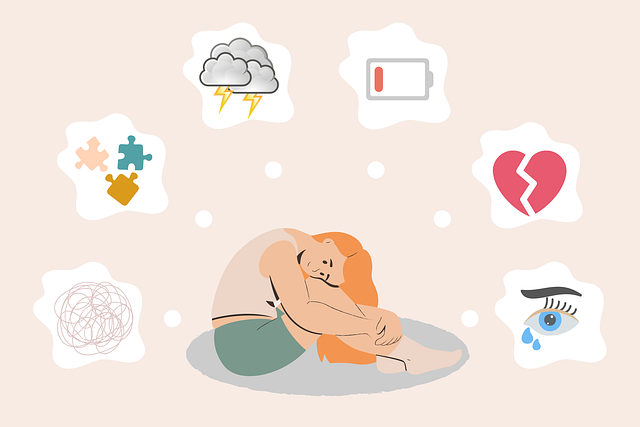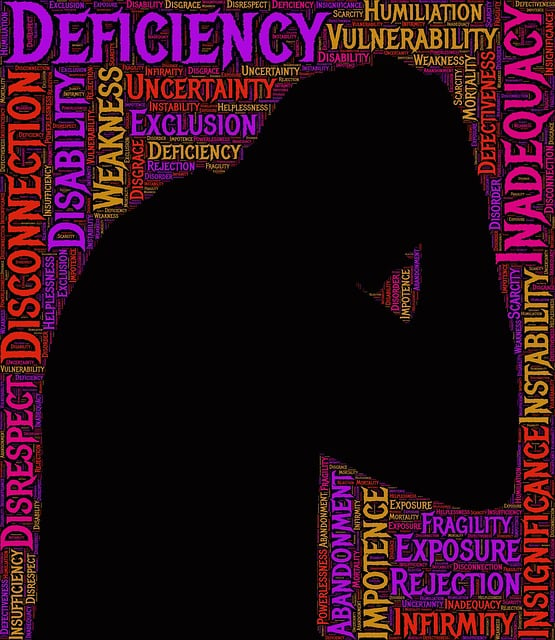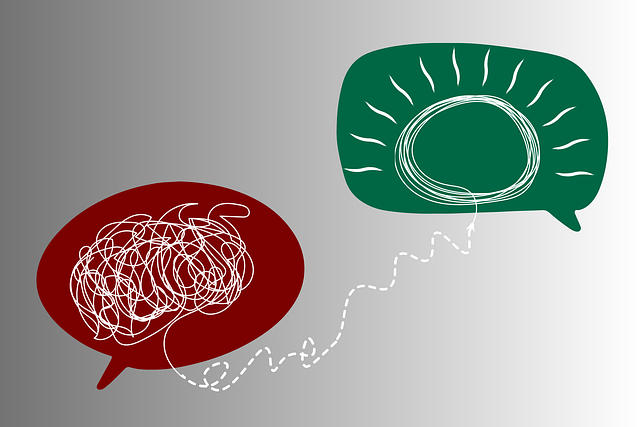Adolescent trauma, driven by academic pressures, social media, and identity struggles, increasingly demands accessible therapy options. Marketing strategies for mental wellness apps should leverage online platforms, self-awareness exercises, and public awareness campaigns to destigmatize mental health conversations. A compelling value proposition, highlighting specific challenges addressed (e.g., crisis intervention, social skills training), and incorporating holistic coaching programs can attract and retain users. Multi-channel marketing, including social media, school partnerships, and workshops, is vital for reaching at-risk teens and fostering resilient futures through therapy for adolescent teens trauma.
“In today’s digital age, mental wellness apps offer a promising approach to support adolescent teens traumatized by stressful life events. This article delves into a comprehensive marketing strategy development for therapy apps targeted at this vulnerable demographic. We explore essential steps, from understanding the unique challenges of adolescent teen trauma through market research and precise audience identification, to crafting compelling value propositions that resonate with users.
Additionally, we outline an effective multi-channel marketing approach to reach and support at-risk teens, emphasizing the importance of digital accessibility in providing timely therapy.”
- Understanding Adolescent Teen Trauma: Market Research and Target Audience Identification
- Crafting a Compelling Value Proposition for Therapy Apps
- Multi-Channel Marketing Strategy to Reach and Support At-Risk Teens
Understanding Adolescent Teen Trauma: Market Research and Target Audience Identification

Understanding adolescent trauma is paramount for crafting an effective marketing strategy for mental wellness apps targeting this demographic. This age group faces unique challenges, with stress from academic pressures, social media, and identity formation often leading to mental health issues like anxiety, depression, and, in severe cases, post-traumatic stress disorder (PTSD). Market research reveals a growing demand for accessible, non-stigmatizing therapy options for adolescent teens trauma.
Identifying the target audience involves recognizing that today’s teens are digital natives, making online platforms ideal for reaching them. This strategy should focus on promoting self-awareness exercises and public awareness campaigns development to normalize conversations around mental health. By addressing these issues proactively, marketing efforts can contribute to depression prevention and encourage teens to seek help early, fostering healthier, more resilient futures.
Crafting a Compelling Value Proposition for Therapy Apps

Crafting a compelling value proposition for therapy apps is essential to attracting and retaining users, particularly in competitive market spaces like mental wellness solutions for adolescent teens with trauma. A strong value prop should clearly communicate how an app addresses specific challenges faced by its target audience. For example, highlighting features that offer crisis intervention guidance can appeal to teens in acute distress, while emphasizing social skills training modules might resonate with users looking to build confidence and improve peer relationships.
By focusing on these targeted benefits, therapy apps can differentiate themselves and speak directly to the needs of their users. Incorporating mental wellness coaching programs development within the app not only enhances its utility but also positions it as a comprehensive solution for holistic mental health support. This tailored approach ensures that adolescent teens with trauma receive guidance that caters to their unique experiences and fosters healthier, more resilient lives.
Multi-Channel Marketing Strategy to Reach and Support At-Risk Teens

Reaching and supporting at-risk teens is a multifaceted challenge that requires a multi-channel marketing strategy. This approach ensures that the message about mental wellness resources, particularly therapy for adolescent teens trauma, reaches this vulnerable demographic through various platforms they engage with daily. Social media plays a significant role in connecting with teens, allowing for targeted ads and engaging content centered around mental illness stigma reduction efforts and self-care routine development for better mental health.
Additionally, leveraging partnerships with schools, community centers, and youth organizations amplifies the impact of marketing efforts. These collaborations facilitate direct engagement and trust-building within at-risk teen communities. By combining digital strategies with offline events and workshops, we can create a supportive ecosystem that encourages open conversations about mental wellness while offering practical tools for managing trauma.
In developing a marketing strategy for mental wellness apps, particularly focusing on therapy for adolescent teens trauma, it’s clear that understanding the target audience and their unique challenges is key. By combining market research with a compelling value proposition, we can effectively reach at-risk teens through multi-channel marketing. This approach ensures that resources and support are accessible, fostering a healthier and more resilient future for our youth. With the right strategies in place, we can make significant strides in addressing adolescent trauma and promoting mental wellness.











